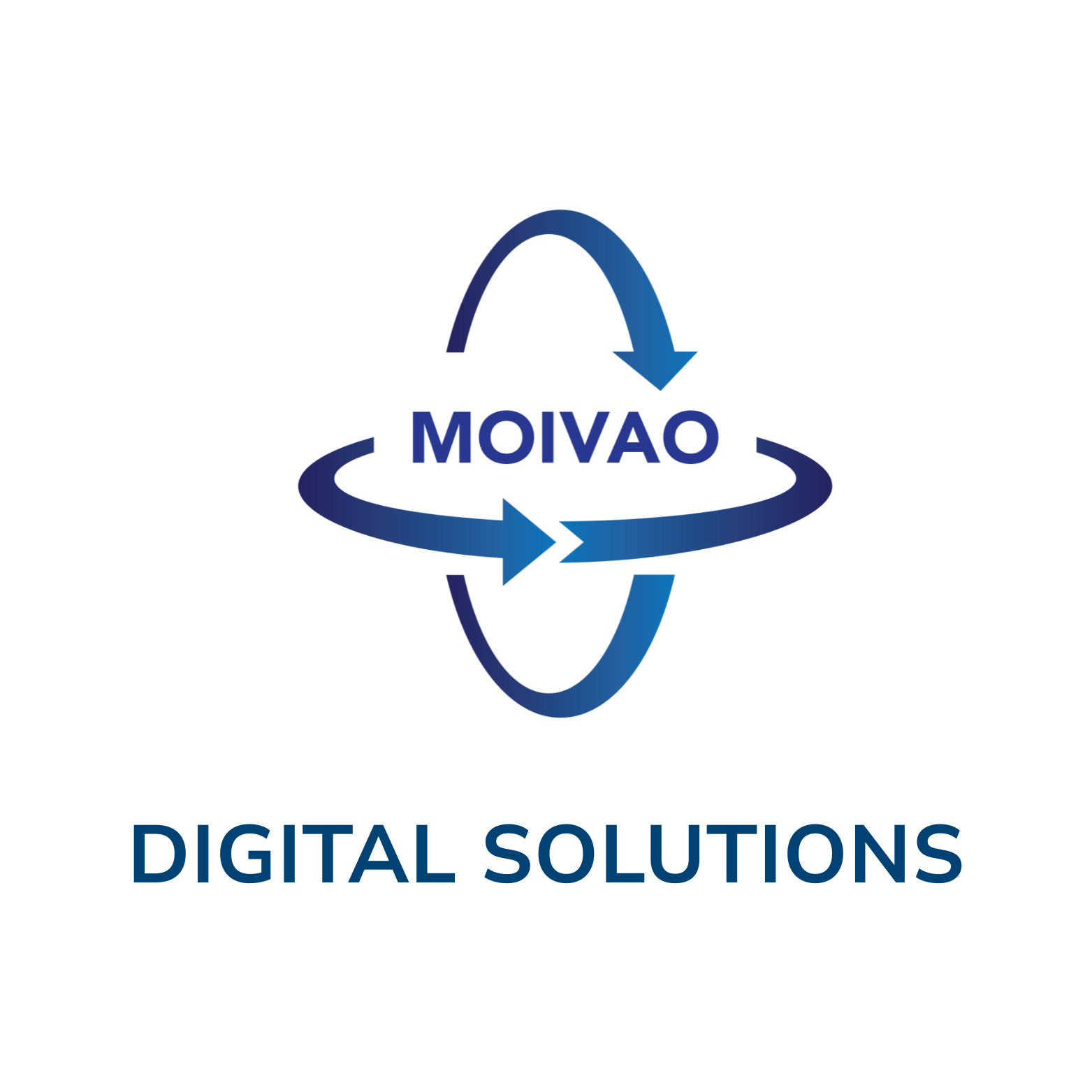Industrial Manufacturing and Warehousing
Virtual Tours
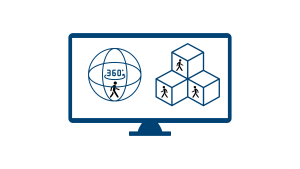
Digital Marketing
Virtual Tours are an effective marketing tool for industrial manufacturers and warehouses, providing potential clients with an immersive experience of the facilities. This engagement leads to increased website traffic and allows customers to visualize products and processes more effectively than traditional imagery. As a result, companies can build stronger relationships with clients and enhance brand trust.
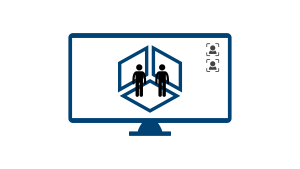
Immersive Meetings
Virtual Tours facilitate remote meetings by allowing stakeholders to explore manufacturing facilities and warehouses together in real-time. This interactive approach enables better communication and collaboration, helping teams to discuss specifics about production processes and logistics without the need for physical travel

Immersive Training
Virtual Tours facilitate remote meetings by allowing stakeholders to explore manufacturing facilities and warehouses together in real-time. This interactive approach enables better communication and collaboration, helping teams to discuss specifics about production processes and logistics without the need for physical travel.
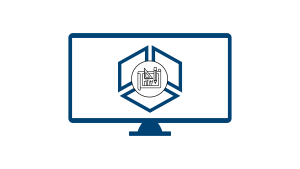
Construction Process Management
In the context of new facility construction or renovations, Virtual Tours can be utilized to monitor progress and ensure compliance with design specifications. Stakeholders can virtually inspect construction sites, facilitating timely decision-making and improving project management efficiency.
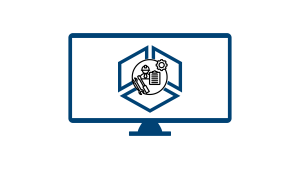
Facility Maintenance Management
Virtual Tours can assist in ongoing maintenance by allowing facility managers to conduct virtual inspections. This enables quick identification of issues and effective planning for repairs, ultimately enhancing operational efficiency and minimizing downtime.

IoT Systems Monitoring and Control
By integrating Virtual Tours with IoT systems, facility managers can monitor and control various operational parameters in real-time. This capability enhances energy management and operational efficiency, ensuring that manufacturing and warehousing environments are optimized for productivity.
Augmented Reality (AR)

3D Objects in AR
AR can be used to virtually stage manufacturing processes and warehouse layouts, allowing stakeholders to visualize different configurations and setups. This capability aids in planning and optimizing workflows, enhancing operational efficiency.

AR Info Points
AR can enhance the user experience by providing interactive AR Information Points throughout manufacturing facilities and warehouses. Users can access details about machinery, safety protocols, and production processes through their devices, improving engagement and understanding.

AR Navigation
AR Navigation tools can guide employees and visitors through complex manufacturing plants and warehouses. This technology improves wayfinding, helping users locate specific areas, equipment, or products, thereby enhancing overall efficiency and safety.
Drone Imaging

360 Aerial Imaging
Drones can capture stunning 360-degree Aerial Images of manufacturing facilities and warehouses, providing a unique perspective that can be used in promotional materials. These images help showcase the layout and operational scale, attracting potential clients and investors.
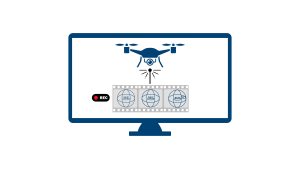
360 Aerial Videos
Drone-captured 360 Aerial Videos offer an immersive way to document manufacturing processes and warehouse operations. These videos can be used for marketing campaigns, providing a dynamic view of the facilities and enhancing client engagement
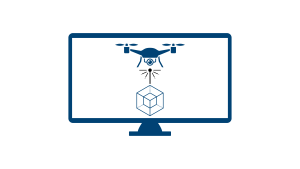
3D Modelling
Drones can create detailed 3D models of manufacturing and warehousing facilities, which can be valuable for planning, logistics, and marketing purposes. These models provide an accurate digital representation that aids in visualizing space utilization and operational efficiencies.
Artificial Intelligence
AI Avatar Chatbots
AI-powered chatbots can provide instant assistance to employees and clients, answering questions related to production processes, inventory, and facility operations. This enhances customer service and improves operational efficiency by reducing the workload on staff.
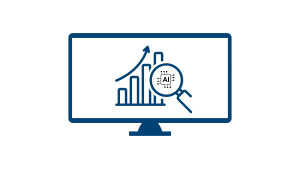
Data Analysis and Forecasting
AI can analyse data from manufacturing and warehousing operations to provide insights into trends, performance metrics, and customer preferences. This data-driven approach enables companies to optimize processes, improve inventory management, and enhance decision-making

Optimization
AI can streamline various manufacturing and warehousing processes, such as supply chain management and production scheduling. By automating tasks and optimizing workflows, companies can improve efficiency, reduce costs, and enhance overall operational performance.
